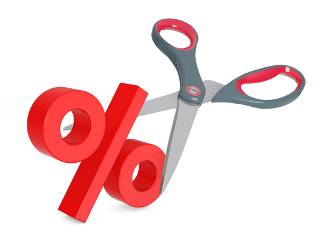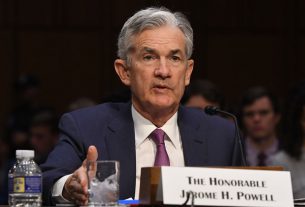All of Wall Street is anticipating a cut to the federal funds rate at next month’s Federal Open Market Committee (FOMC) meeting. The meeting, the last before Washington empties out in August, will set the stage for summer and early fall trading, with the following meeting not scheduled until September 17-18. While the Fed didn’t cut rates at its June meeting, minor changes to the FOMC’s policy statement convinced those who already see an imminent rate cut that July will definitely see a cut.
Changes to FOMC participants’ projections also seem to point to a rate cut or two by the end of the year. After the March FOMC meeting, 11 participants saw the federal funds rate at its current level by the end of 2019, four predicted that it would rise to 2.50-2.75%, and two predicted that it would rise to 2.75-3.00%. Now after last week’s meeting, six participants see it at 1.75-2.00% by the end of 2019, one sees it at 2.00-2.25%, eight see it at 2.25-2.50%, and one sees it at 2.50-2.75%. That’s a narrow majority in favor of keeping the federal funds rate where it is right now, but it’s all up to who the voting members are.
It has made clear that the Fed has basically halted its interest rate hikes, as well as the “normalization” of its balance sheet. At over $3.8 trillion, the Fed’s balance sheet is still incredibly bloated and won’t be getting back to normal anytime soon. All indications point to the Fed more likely to ramp up quantitative easing in the coming months, especially if stock markets plummet once again.
Wall Street’s reaction to the FOMC meeting was as you would expect, with the Dow pushing back to near its all-time highs. It’s a curious reaction, particularly as there really isn’t any economic good news out there to warrant such high stock valuations. If the only reason stocks are pushing towards new records is because of the promise of new money being created by the Fed, then you realize that the entire economy is a mirage. There’s an illusion of prosperity being created by pumping money into the financial system, but once markets realize that no one on Main Street can afford the overpriced houses, cars, and other capital goods that corporations are producing, the entire house of cards will come crashing down.
Markets have been flashing warning signs of underlying economic weakness for over a year. Much of the smart money has already left the building, being funneled into cash, Treasury bonds, or protective assets such as gold. Gold investors in particular are reaping the benefits, as gold appreciated significantly too in reaction to the FOMC meeting. Now is the time for investors to lock in any stock market gains they’ve made and safeguard their wealth before the bottom drops out of stock markets.
This article was originally posted on Goldco.




